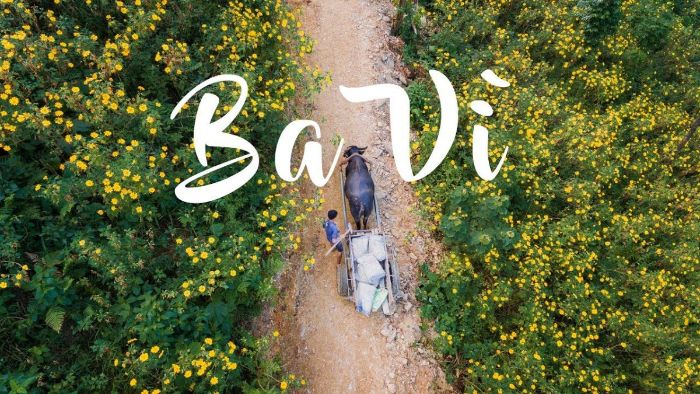Nestled amidst the picturesque landscapes of Hanoi, Ba Vi District continues to captivate both locals and tourists alike with its serene beauty and rich cultural heritage.
As we step into 2024, this enchanting district has emerged as a must-visit destination for those seeking a tranquil escape from the bustling city life. Join us as we delve into the allure of Ba Vi District and explore the hidden gems it has to offer.
Ba Vi District is blessed with a magnificent natural landscape of mountains, rivers, and beautiful scenery. Alongside its rich historical and cultural heritage, Ba Vi is a locality that preserves invaluable treasures of diverse historical and cultural relics, which are not found everywhere.
Let’s explore the fascinating things in Ba Vi District together with TripWordwide.
More: About Chuong My District in Ha Noi 2024
Ba Vi District | About Ba Vi: Map, postal codes, Tourist, History Update 07/12/2025
History of Ba Vi District Update 07/12/2025
During the reign of the Hung Kings, the area of Ba Vi belonged to the Phong District, the ancient capital of the Vietnamese people.
During the period of the Le Dynasty, under the reign of King Le Thai To, our country was divided into five regions, and the Ba Vi area included the districts of Minh Nghia, Bat Bat, and Tien Phong in the Western Region.
In 1831, during the reign of King Minh Mang, Son Tay Province was established, being one of the earliest 13 provinces in the North.
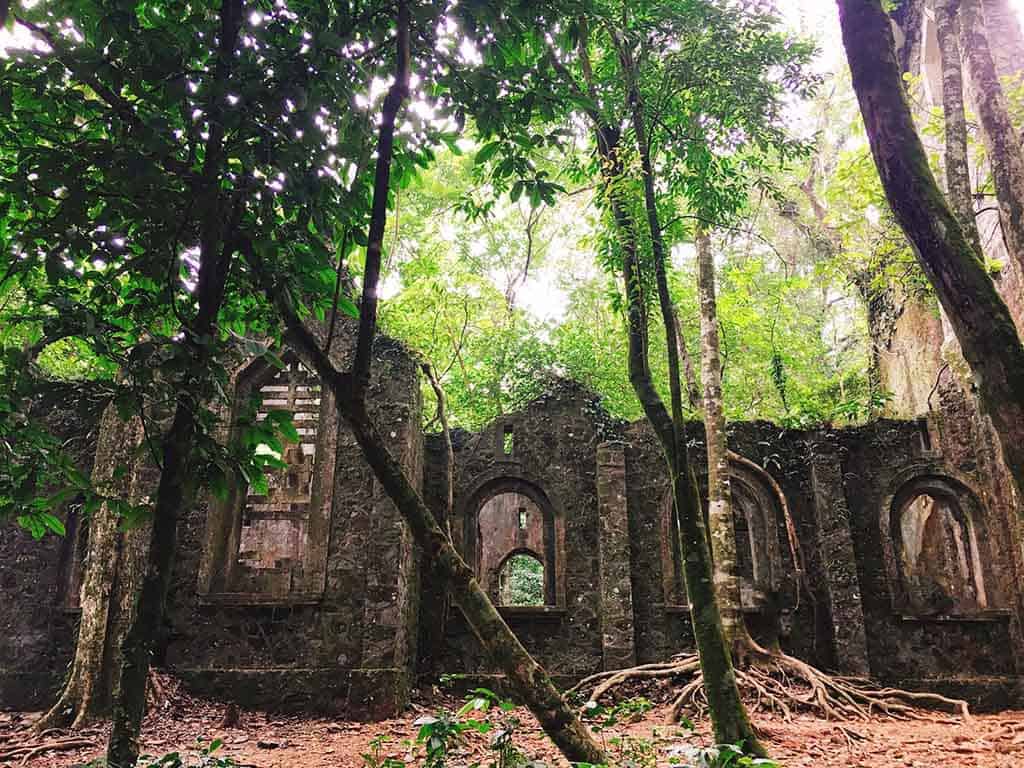
When Son Tay Province was established, it had 5 districts: Minh Nghia (later changed to Tung Thien in 1853), Bat Bat, Tien Phong (changed to Quang Oai during the French colonial period), all under the administration of Quang Oai.
In 1965, Son Tay Province merged with Ha Dong Province to form Ha Tay Province, and the districts of Tung Thien, Bat Bat, and Quang Oai belonged to Ha Tay Province.
On July 26, 1968, the government issued Decision No. 120/CP, merging the three districts of Bat Bat, Tung Thien, and Quang Oai into Ba Vi District.
On December 27, 1975, during the 2nd session of the 5th National Assembly, a resolution was passed to merge Ha Tay and Hoa Binh provinces into Ha Son Binh Province, with Ba Vi District belonging to Ha Son Binh Province.
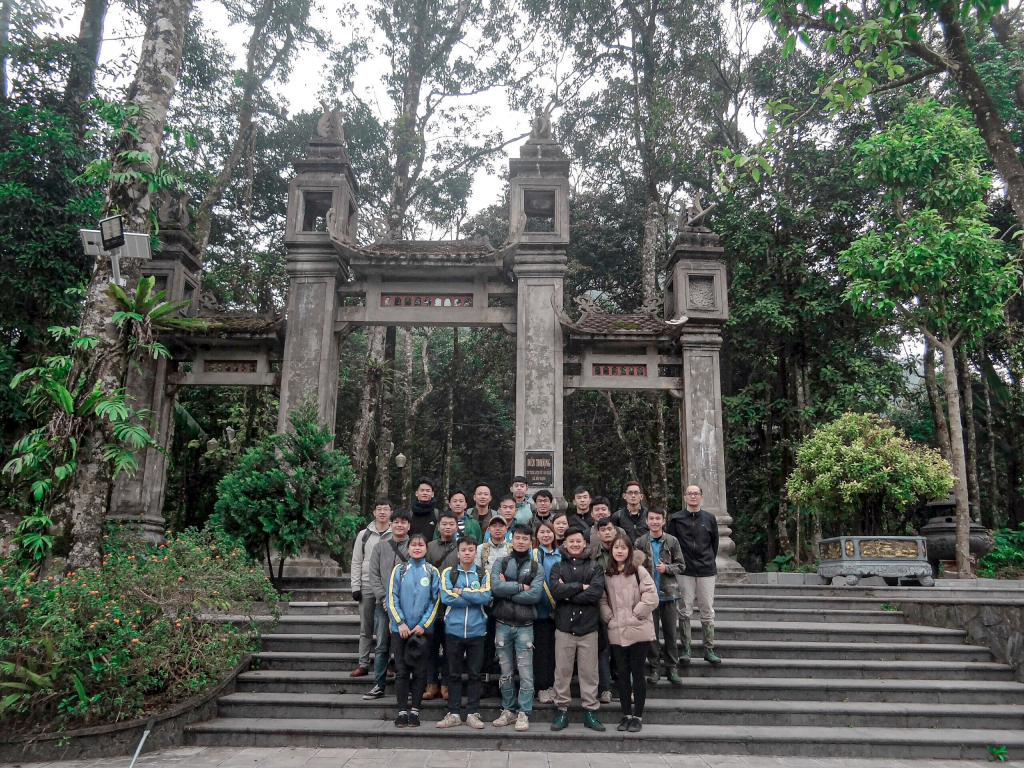
On December 29, 1978, during the 4th session of the 6th National Assembly, a resolution was passed to approve the merger of Ba Vi, Phuc Tho, Thach That, Dan Phuong, Hoai Duc, Son Tay town, and Ha Dong town of Ha Son Binh Province into Hanoi, with Ba Vi District becoming part of Hanoi.
On August 12, 1991, during the 9th session of the 8th National Assembly, a resolution was passed to divide Ha Son Binh Province into two provinces: Ha Tay and Hoa Binh. Son Tay town and the districts of Hoai Duc, Phuc Tho, Dan Phuong, Ba Vi, and Thach That were transferred from Hanoi to Ha Tay Province.
On October 1, 1991, Ha Tay Province was reestablished and officially put into operation, with Ba Vi District belonging to Ha Tay Province.
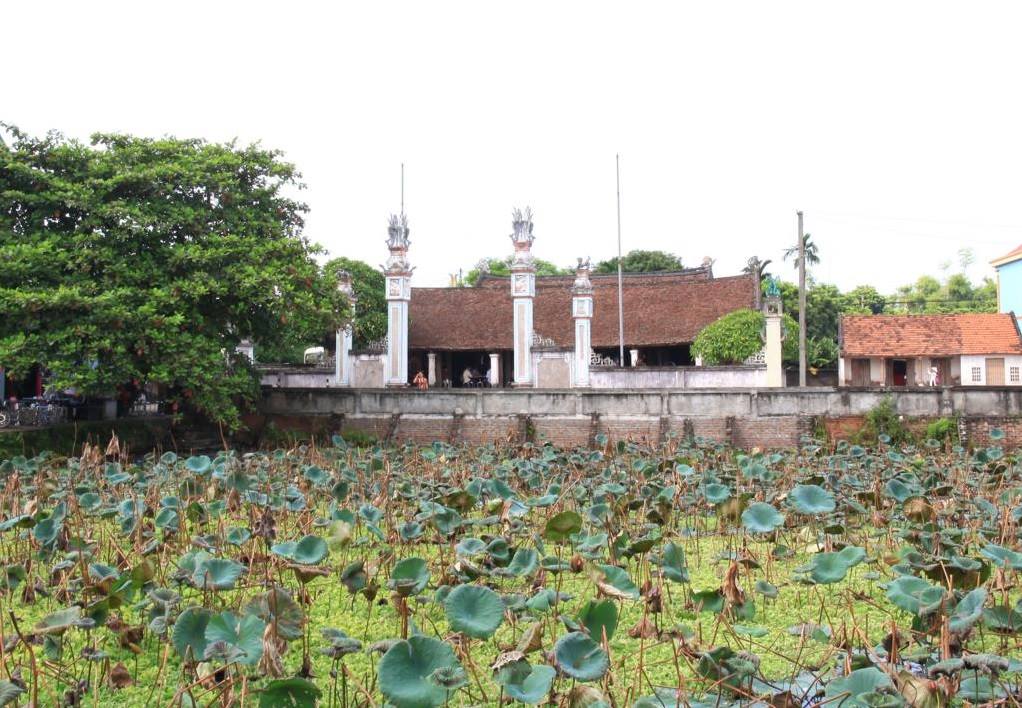
Implementing Resolution No. 15/2008/QH12 dated May 29, 2008, of the National Assembly, regarding the adjustment of the administrative boundaries of Hanoi and some related provinces, on August 1, 2008, Ha Tay Province merged with Hanoi, and Ba Vi District became part of Hanoi.
Geographical Location Update 07/12/2025
Known for its historical significance, natural beauty, and cultural heritage, Son Tay offers a tranquil retreat from the hustle and bustle of the city. In this article, we invite you on a virtual journey to explore the enchanting corners of Son Tay Town, using the map as your guide.
Ba Vi District is a serene and scenic haven, as revealed through the map’s lens. From the natural wonders of Ba Vi National Park and Suoi Hai Lake to the tranquil charm of Ao Vua Reservoir and the cultural heritage of Ba Vi Craft Village, the district offers a diverse range of experiences for nature lovers and cultural enthusiasts.
As you explore Tien Sa Eco-Park, you’ll appreciate the district’s commitment to preserving its natural beauty and providing recreational opportunities for visitors.
Located in the northwest of the capital city of Hanoi, Ba Vi District is bordered by Son Tay town to the east, Thach That District and Hoa Binh Province to the south, and, across the Da River to the west, it shares borders with Lam Thao, Tam Nong, and Thanh Thuy districts (Phu Tho Province).
To the north, across the Red River, it is adjacent to Vinh Tuong District (Vinh Phuc Province) and Viet Tri City (Phu Tho Province). Ba Vi District covers a total natural area of 424 square kilometers.
Being a transitional zone between mountainous and plain areas, Ba Vi features a gradually decreasing terrain from the southwest to the northeast, divided into three distinct sub-regions: mountainous area, hills and mounds, and plains.
The mountainous area accounts for 46.5% of the district’s total area, encompassing the entire Ba Vi National Park and seven mountainous communes.
The hills and mounds make up 34.7% of the district, while the relatively flat plains occupy 18.5% of the total area. Ba Vi District has a tropical monsoon climate.
Along with its diverse natural features and terrain, Ba Vi possesses a rich ecosystem and abundant vegetation, often referred to as the “green lung” of the western part of Hanoi.
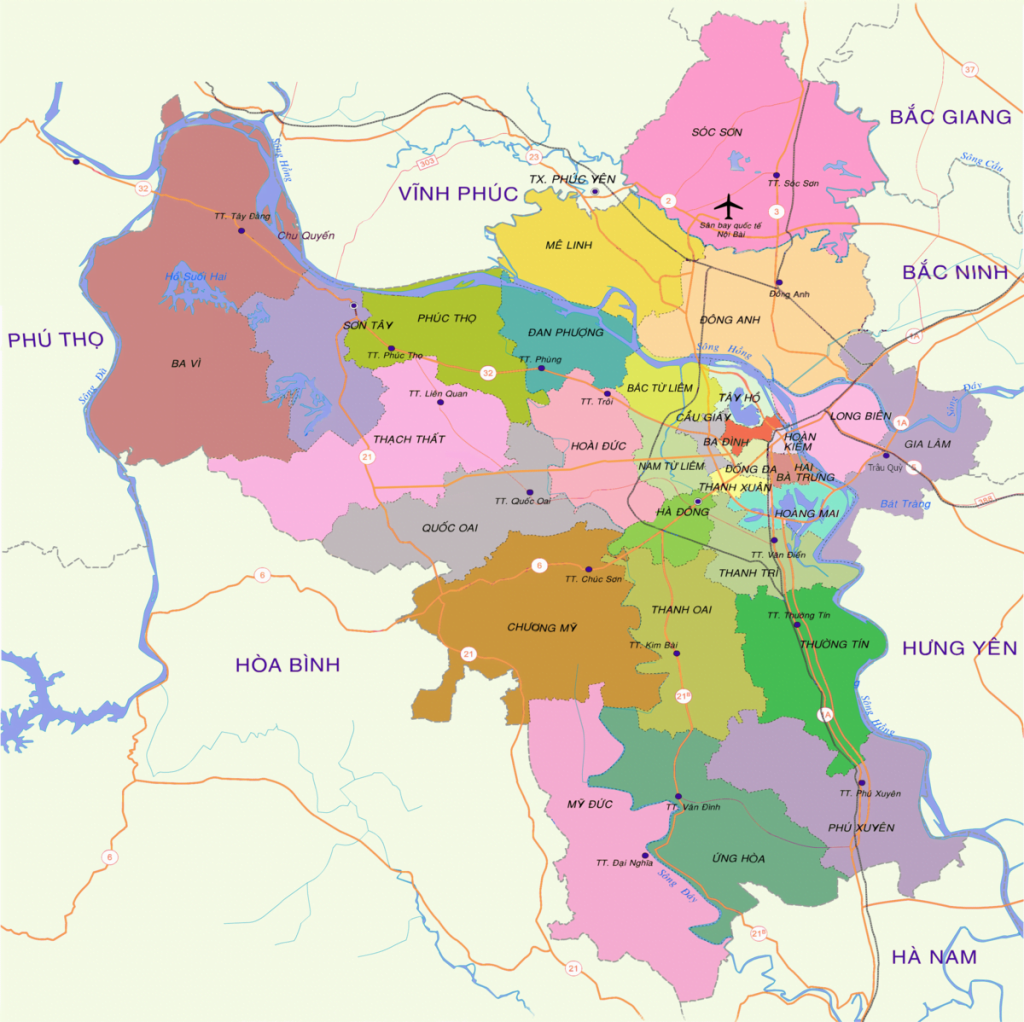
Administrative Divisions Update 07/12/2025
The Ba Vi District has 30 communes and 01 town, including: Tây Đằng town, Cam Thượng commune, Đông Quang commune, Chu Minh commune, Phu Chau commune, Phu Phuong commune, Chau Son commune, Tan Hong commune, Phu Cuong commune, Co Đo commune, Thuan My commune, Son Đa commune, Tong Bat commune, Phu Son commune, Thai Hoa commune, Phong Van commune, Phu Đong commune, Van Thang commune, Đong Thai commune, Vat Lai commune, Cam Linh commune, Ba Trai commune, Tan Linh commune, Ba Vi commune, Minh Quang commune, Khanh Thuong commune, Van Haa commune, Yen Bai commune, Thuy An commune, Tien Phong commune, Minh Chau commune. The current population is nearly 310,000 people.
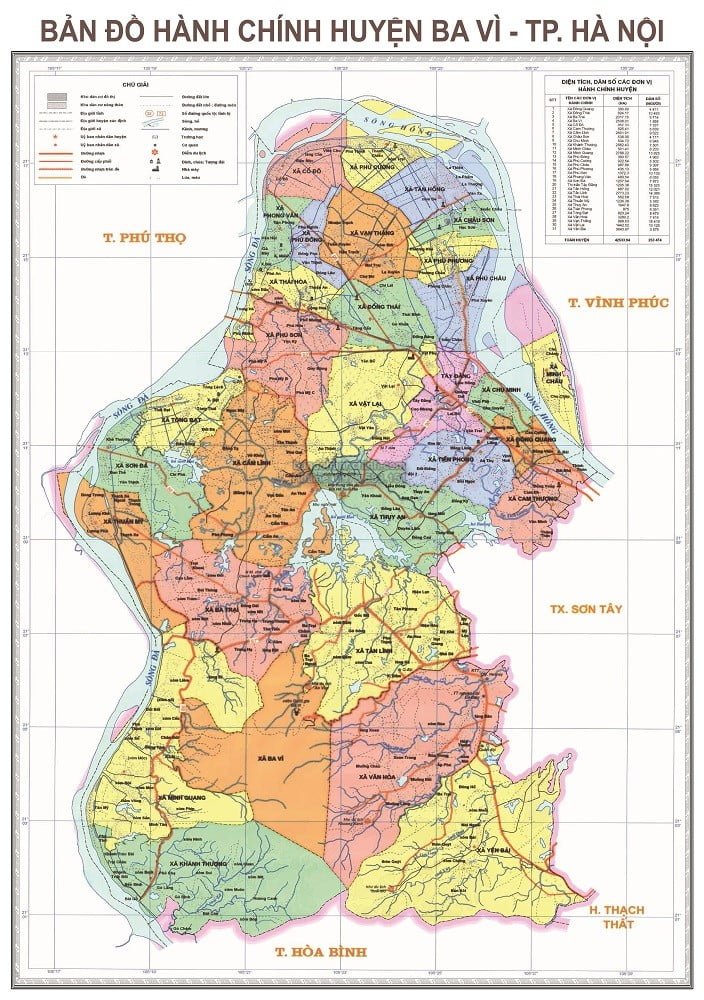
Ba Vi District Hanoi Vietnam postal code Update 07/12/2025
- Postal Center of Ba Vi District, Hanoi City_12600
- District Party Committee of Ba Vi District, Hanoi City_12601
- People’s Council of Ba Vi District, Hanoi City_12602
- People’s Committee of Ba Vi District, Hanoi City_12603
- Front Committee of Ba Vi District, Hanoi City_12604
- Tay Dang Town, Ba Vi District, Hanoi City_12606
- Chu Minh Commune, Ba Vi District, Hanoi City_12607
- Minh Chau Commune, Ba Vi District, Hanoi City_12608
- Phu Chau Commune, Ba Vi District, Hanoi City_12609
- Phu Phuong Commune, Ba Vi District, Hanoi City_12610
- Chau Son Commune, Ba Vi District, Hanoi City_12611
- Tan Hong Commune, Ba Vi District, Hanoi City_12612
- Phu Cuong Commune, Ba Vi District, Hanoi City_12613
- Co Do Commune, Ba Vi District, Hanoi City_12614
- Van Thang Commune, Ba Vi District, Hanoi City_12615
- Phu Dong Commune, Ba Vi District, Hanoi City_12616
- Phong Van Commune, Ba Vi District, Hanoi City_12617
- Thai Hoa Commune, Ba Vi District, Hanoi City_12618
- Dong Thai Commune, Ba Vi District, Hanoi City_12619
- Vat Lai Commune, Ba Vi District, Hanoi City_12620
- Phu Son Commune, Ba Vi District, Hanoi City_12621
- Cam Linh Commune, Ba Vi District, Hanoi City_12622
- Tong Bat Commune, Ba Vi District, Hanoi City_12623
- Son Da Commune, Ba Vi District, Hanoi City_12624
- Thuan My Commune, Ba Vi District, Hanoi City_12625
- Ba Trai Commune, Ba Vi District, Hanoi City_12626
- Minh Quang Commune, Ba Vi District, Hanoi City_12627
- Khanh Thuong Commune, Ba Vi District, Hanoi City_12628
- Ba Vi Commune, Ba Vi District, Hanoi City_12629
- Yen Bai Commune, Ba Vi District, Hanoi City_12630
- Van Hoa Commune, Ba Vi District, Hanoi City_12631
- Tan Linh Commune, Ba Vi District, Hanoi City_12632
- Thuy An Commune, Ba Vi District, Hanoi City_12633
- Tien Phong Commune, Ba Vi District, Hanoi City_12634
- Dong Quang Commune, Ba Vi District, Hanoi City_12635
- Cam Thuong Commune, Ba Vi District, Hanoi City_12636
- Ba Vi Post Office, Ba Vi District, Hanoi City_12650
- Van Thang Post Office, Ba Vi District, Hanoi City_12651
- Nong Post Office, Ba Vi District, Hanoi City_12652
- Suoi Hai Post Office, Ba Vi District, Hanoi City_12653
- Son Da Post Office, Ba Vi District, Hanoi City_12654
- Cho Moc Post Office, Ba Vi District, Hanoi City_12655
- Tan Linh Post Office, Ba Vi District, Hanoi City_12656
Topography and Climate of Ba Vi District Update 07/12/2025
Ba Vi is influenced by the tropical monsoon climate, with cold winters. The mountainous climate of Ba Vi is cool and fresh, with temperatures decreasing with altitude. At an altitude of 500-700 meters, the average annual temperature is around 19-20 degrees Celsius.
As you go higher to an altitude of 900-1000 meters, the average annual temperature drops to around 18 degrees Celsius.
The typical climate of Ba Vi is characterized by almost year-round fog. From an altitude of 300 meters and above, Ba Vi Mountain is often covered by a thin layer of fog, resembling smoke, which obstructs visibility.
Even from a distance of several tens of meters, it becomes difficult to see clearly.
At an altitude of 400 meters, the climate is similar to a smaller version of Dalat, with romantic and dreamy pine hills.
At an altitude of 600 meters, even when it’s sunny, the fog still lingers among the trees and leaves.
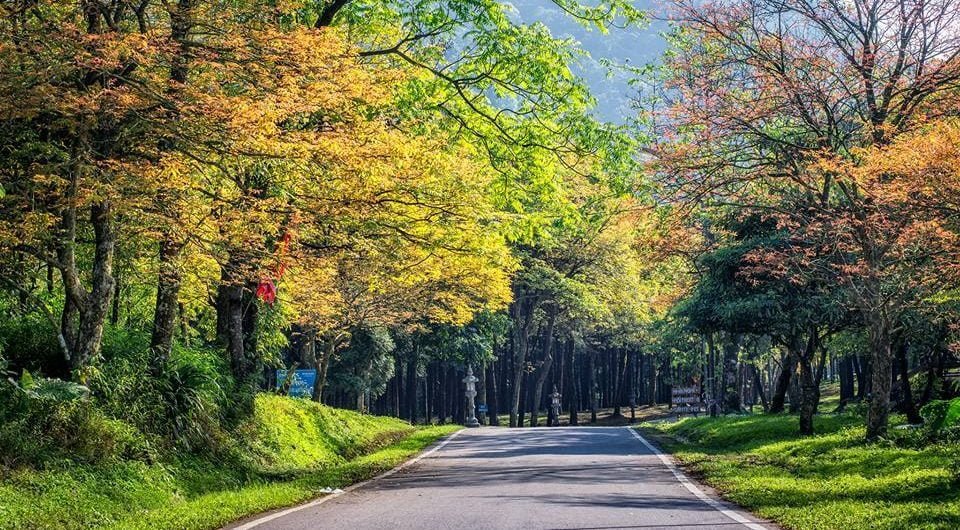
Sunny periods in Ba Vi are more prevalent during the day on the western slope, but not intense during the summer.
The typical winter weather is characterized by moist tropical monsoon conditions, with the highlight being days of snowfall and icy temperatures, creating a beautiful European-like scenery on the mountain peaks of Ba Vi.
The annual rainfall ranges from 1890 to 2500 millimeters, but it is not evenly distributed, with differences between the eastern and western slopes from the foot of the mountain to the summit.
The eastern slope receives winds from both seasons, resulting in much higher rainfall compared to the western slope, which is sheltered from the wind.
At the foot of the eastern slope, the rainfall is around 2000 mm, around 2200 mm at an altitude of 400 meters, around 2400 mm at an altitude of 600 meters, and from an altitude of 800 meters, the rainfall is about 2500 mm.
Ba Vi Mountain also experiences frequent thunderstorms due to more water condensation compared to the flatland areas.
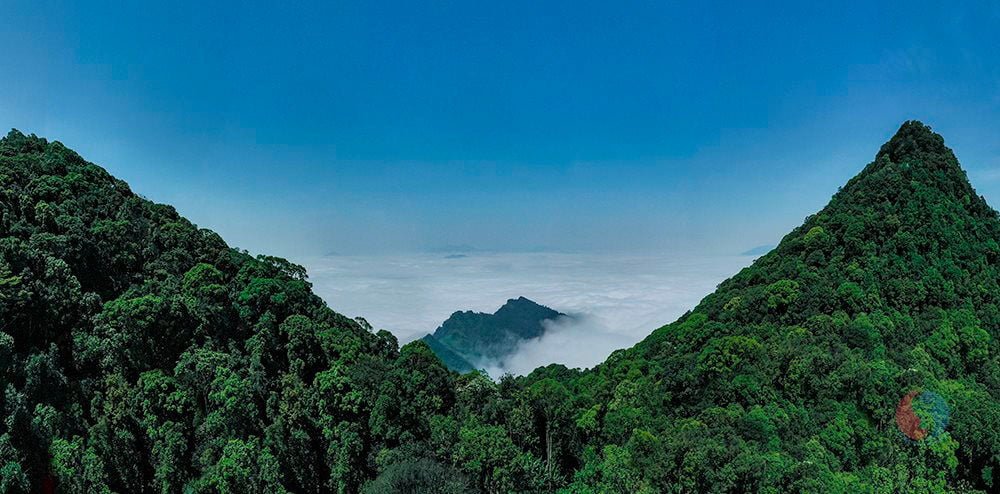
During the summer, sudden and heavy thunderstorms pour down, engulfing the entire forest area in wind and rain, creating a scene of tumultuous tears.
The rainforest showers are short-lived, followed by clear skies and gusts of wind, forming a majestic and vibrant landscape.
When is the best time to visit Ba Vi for tourism?
Ba Vi’s climate is characterized by the four seasons, so visiting Ba Vi at any time is considered a memorable and worthwhile experience.
Travelers can immerse themselves in the beautiful natural landscapes and plan a suitable itinerary. However, autumn and summer are considered the ideal times to explore and visit Ba Vi.
During this time, Ba Vi will have sunny days, allowing you to hike, camp, or explore the beautiful scenery of the mountains and forests.
Furthermore, tourists can consider the weather and climate characteristics of Ba Vi to choose the best time for their travel based on their preferences and needs.
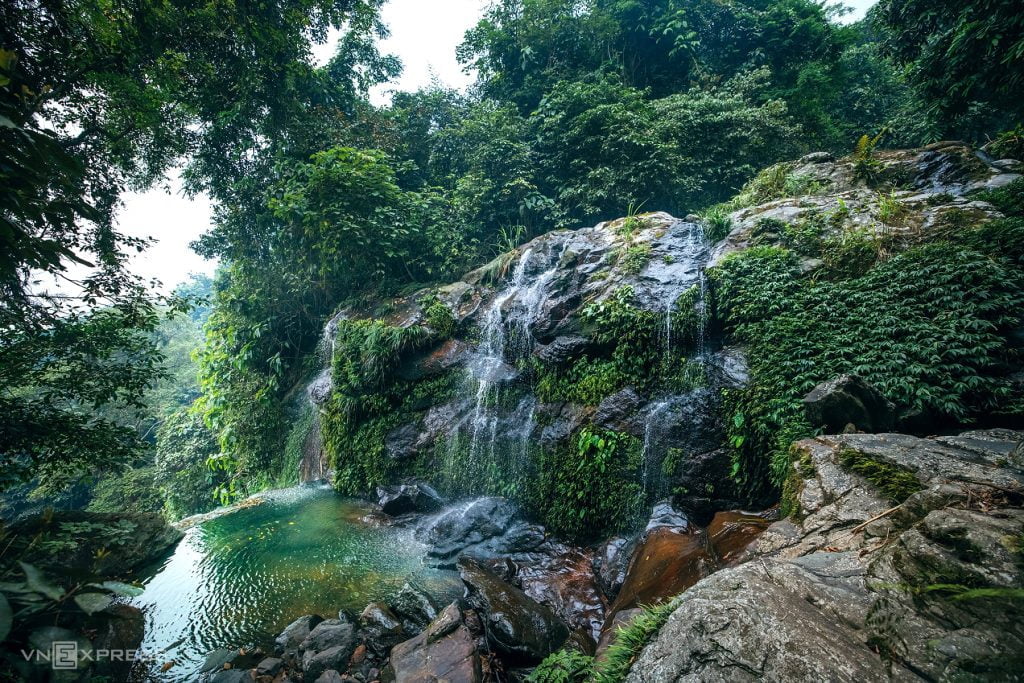
If you want to escape the scorching heat of Hanoi and seek some tranquility and gentle relaxation amidst the beautiful nature, you can visit Ba Vi from April to October.
During this time, Ba Vi offers a cool and fresh atmosphere, especially with an incredibly peaceful environment, making it suitable for a relaxing vacation.
If you are passionate about exploring nature, especially wanting to capture beautiful photos in the wild sunflower fields, the period from October to December in the Gregorian calendar would be a suitable time to visit Ba Vi.
Accommodation Services in Ba Vi Update 07/12/2025
Accommodation services in Ba Vi are well-developed, offering visitors a wide range of choices from budget to high-end options.
Many ecotourism sites and farm stays provide accommodation services with prices starting from around 400,000 Vietnamese Dong.
If staying within the national park, Melia Bavi Mountain Retreat is recommended. It is built on the remains of a French villa at an altitude of 600 meters, with prices around 4,000,000 Vietnamese Dong per night.
Ba Vi Resort is another option located at an altitude of 400 meters. The 400-meter area also offers camping spaces amidst the pine forests.
Other resorts you can consider include Tan Đa Spa Resort, Family Resort, Paragon Resort, Bavi Annam Garden, Madela Ba Vi – Nha ben suoi, with prices around 1,000,000 Vietnamese Dong per night.
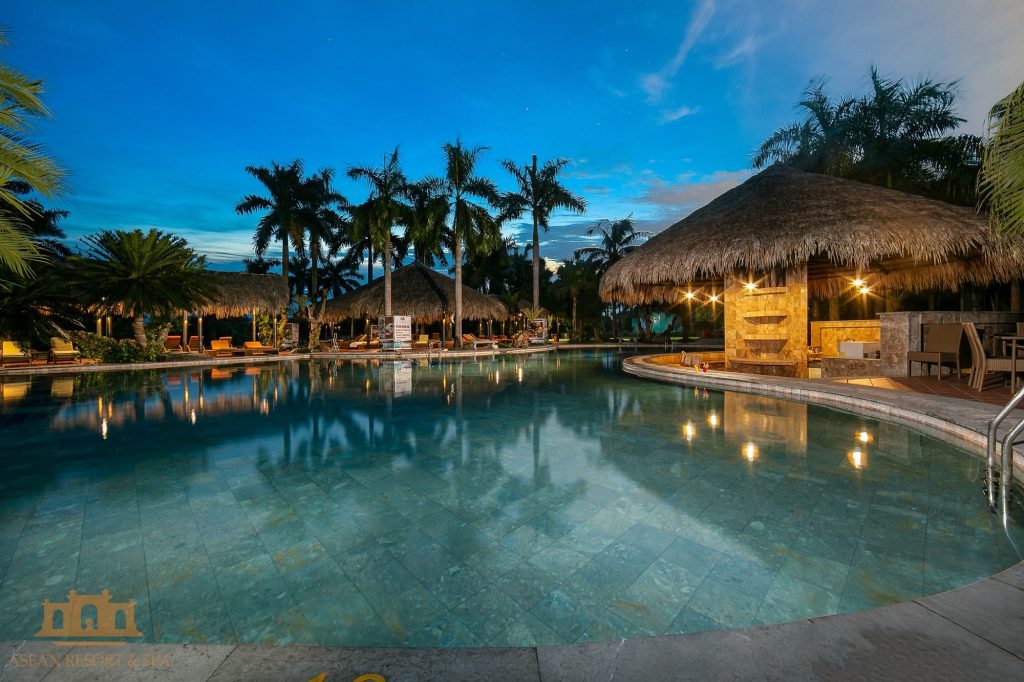
Exploring Ba Vi District Update 07/12/2025
Culture – Historical and Scenic Sites of Ba Vi District
By 2010, Ba Vi had 63 culturally significant historical sites that were classified and evenly distributed throughout the district’s three regions.
These historical sites are mostly characterized by unique architecture associated with the renowned heroes of the nation and cultural figures, such as the Ho Chi Minh Mausoleum on Ba Vi Mountain’s summit and the K9 historical site.
Many of these sites have national importance, such as the Tay Dang Communal House and Chu Quyen Communal House, both classified as nationally important historical sites, and the Thuy Phieu Communal House, which is considered one of the oldest ancient communal houses in Vietnam dating back to 1531, during the Mac Dynasty.
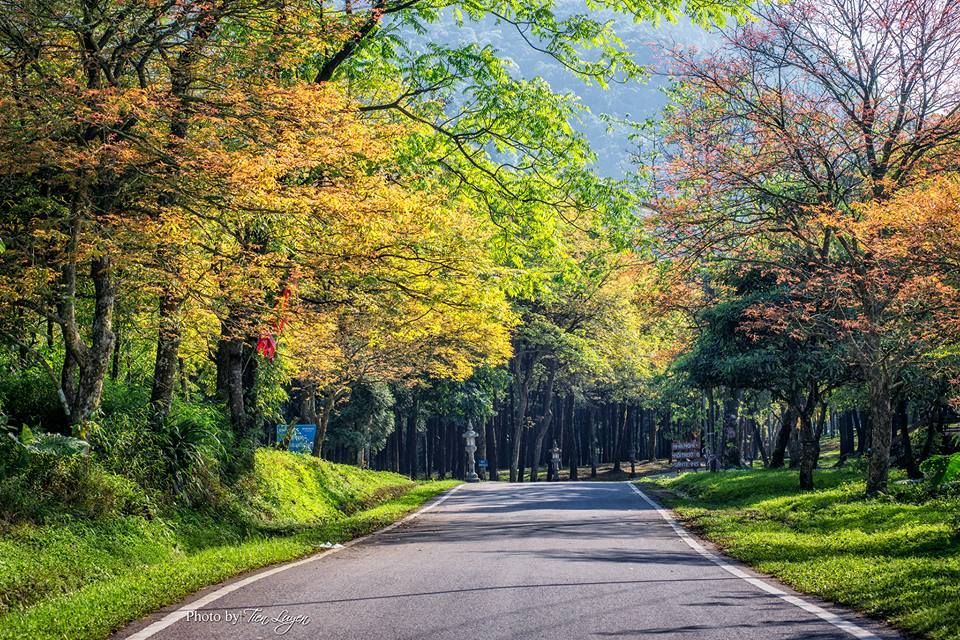
Ba Vi is blessed by nature with a picturesque landscape of harmonious mountains and water, featuring a rich ecosystem and diverse vegetation.
It is regarded as the “green lungs” of the western side of the capital city, Hanoi, and serves as a destination for both domestic and international tourists.
This is none other than Ba Vi National Park. The park boasts beautiful natural scenery, including mountains, forests, waterfalls, rivers, lakes, and famous landmarks such as Ao Vua, Khoang Xanh – Suoi Tien, Tien Sa Lake, Thien Son – Suoi Nga, Tan Da Tourist Area, Da Waterfall, Hai Stream Lake, Cam Quy Lake, Bang Ta – Dam Long Primitive Forest, and Ngoc Nhi Stork Hill.
The area is also home to numerous rural farms and offers a variety of agricultural products. Additionally, the presence of natural hot mineral water in Thuan My is advantageous for the development of resort tourism.
Cultural Tradition Update 07/12/2025
Ba Vi is an ancient land with long-standing cultural traditions, reflecting the characteristics of the Kinh, Muong, Dao, and other ethnic groups. The beauty of each ethnic group is expressed through their costumes, cuisine, and customs and beliefs.
The Dao community in Ba Vi consists of the Quan Chet Dao subgroup, residing in separate villages. They have different family names, such as Duong, Ly, Ban, Dang, Phung, Lang, and Trieu.
The traditional cultural activities of the Dao people in the Ba Vi area are diverse and rich, among which the Jumping Festival (Tet Nhay) is notable.
Previously, the festival lasted for three days, but now it is condensed into a single day. Tet Nhay is a special ritual in the ancestral worship of the Quan Chet Dao community in Ba Vi.
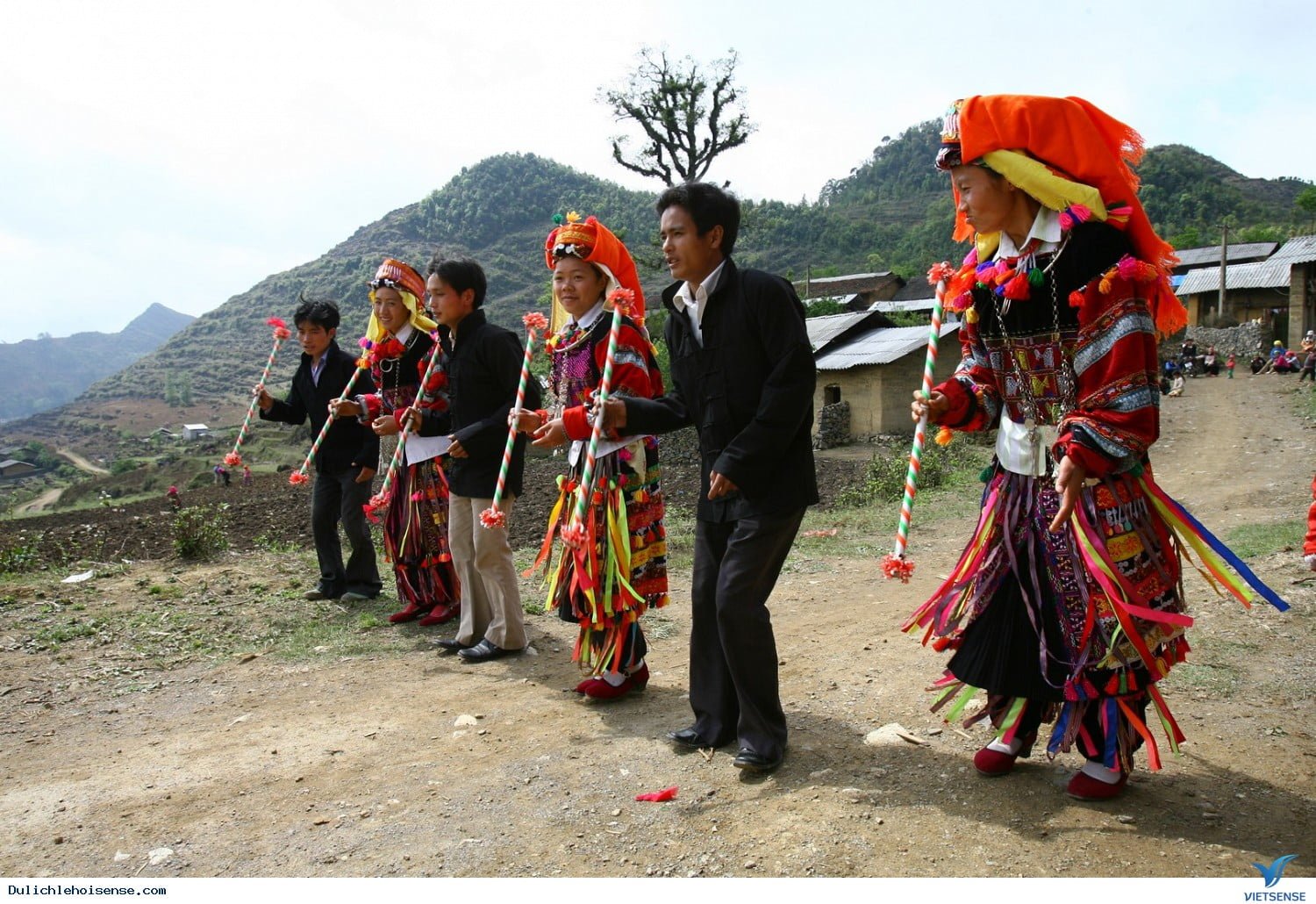
It is a ceremony to seek blessings and good fortune, with the desire to eliminate any misfortunes and risks of the past year, and to request blessings from the heavens, ancestors, and deities for the family, lineage, and village to have a year of good health, favorable weather, and smooth business endeavors.
It is also an occasion for the Dao people to reconnect with their roots, customs, and ethnic history. During Tet Nhay, the Dao community also organizes the Lập Tịch ceremony, also known as the rite of maturity.
Dao men who have not undergone the rite of maturity are not recognized as adults and are not allowed to participate in the communal worship ceremonies.
The Muong community in Ba Vi has its own distinctive characteristics. Men usually wear short shirts (ao pan) with a round collar, made of chamois fabric, with a split chest and button fasteners.
Their pants are wide and long, tied with a sash around the waist. Originally, there were only two colors, but now there is more variety.
The traditional dress for Muong women is a long black skirt, with a waistband woven from colored silk threads, featuring geometric patterns and motifs of dragons, phoenixes, deer, and birds.
They wear a white or light blue headscarf. The gong is a cultural heritage that deeply represents the ethnic identity of the Muong people.
Through the sound of the gongs, people communicate with the land, gods, and ancestors. The gong also represents the sound of the heart, so the Muong people use it in significant family and clan activities such as festivals, weddings, and funerals.
Alongside Thach That and Quoc Oai, the Mo Muong of Ba Vi was recently recognized by the Minister of Culture, Sports and Tourism with Decision No. 154/QD-BVHTTDL dated February 2, 2023, to be listed as an Intangible Cultural Heritage of the nation.
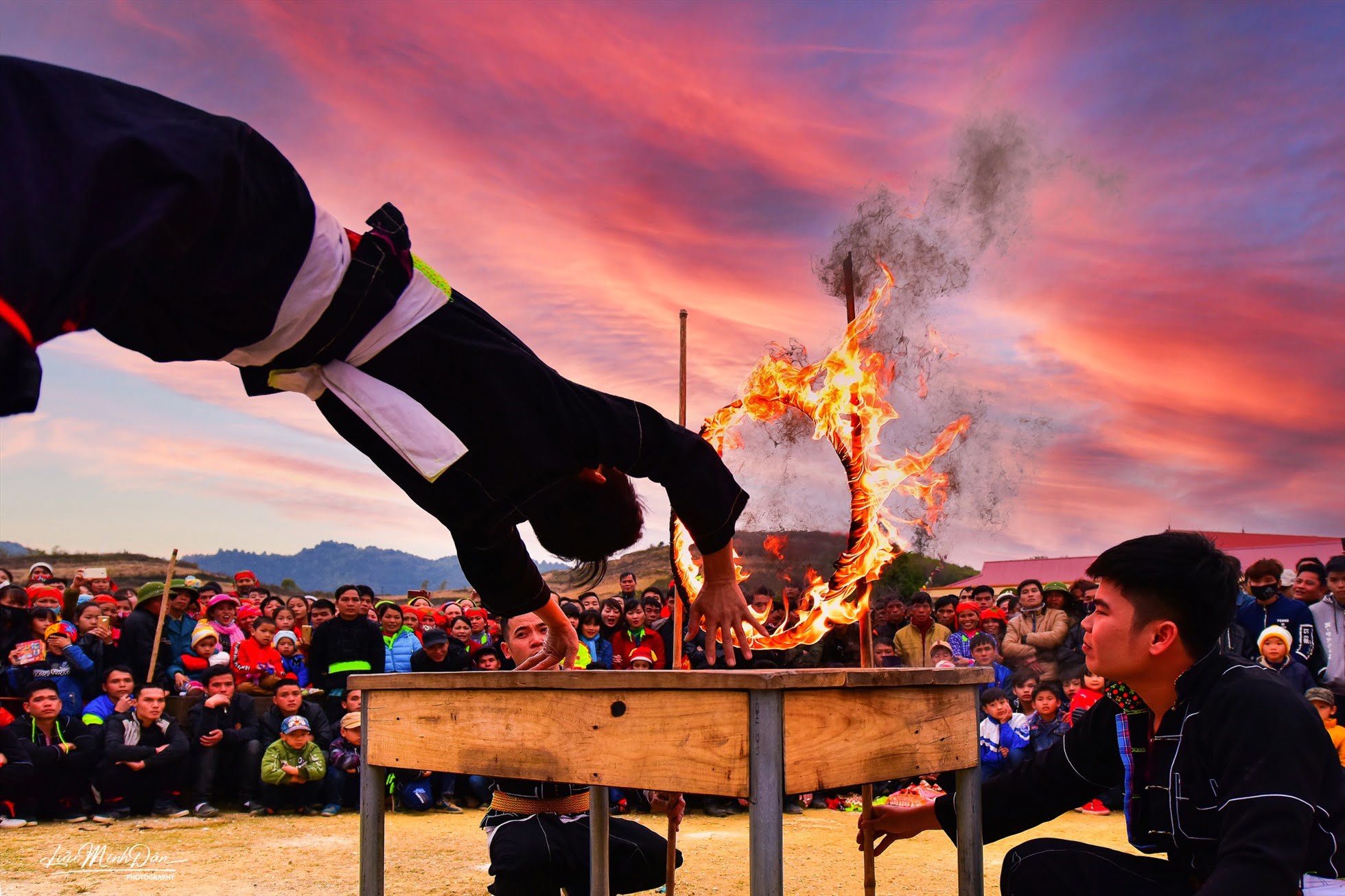
The social customs and beliefs of Mo Muong are unique folk rituals used in funeral ceremonies or healing rituals to pray for health and peace for the Muong people. They embody distinctive values and are deeply connected to the spiritual life of the Muong people.
The Kinh ethnic group in Ba Vi comprises 90% of the population. The Kinh people in Ba Vi have preserved their cultural traditions, customs, and practices in ancestor worship, filial piety, marriage customs, funerals, and festivals.
These practices reflect their respect and gratitude towards their ancestors and serve as a means to educate the younger generation about the noble traditions of their ancestors and cultivate their virtues and talents.
Although the number of other ethnic groups such as the Tay, Nung, E De, Khmer, Cong, and San Chi in Ba Vi is not large, each has its own unique cultural characteristics.
They contribute to the diversity and richness of the cultural traditions of the ethnic groups in Ba Vi district.
Tourist Destinations in Ba Vi Update 07/12/2025
Blessed by nature, Ba Vi district is surrounded by two major rivers, the Red River and the Da River, creating a unique hydrological network and a rich ecosystem with diverse vegetation.
It attracts tourists from both within and outside the country with destinations such as Ba Vi National Park, Ao Vua, Khoang Xanh, Tien Sa Lake, Thien Son – Media, Tan Da Tourist Area, Paragon Hill, Hai Stream Lake, and Ngoc Nhi Stork Hill.
Ba Vi National Park
In addition, Ba Vi district has 397 historical and cultural sites, including 120 temples dedicated to the Holy Tản, and 130 sites that have been classified and ranked.
Notable examples include the Tay Dang Communal House, which is classified as a special National-level historical site and considered an artistic museum of agricultural residents; the Thuy Phieu Communal House in Thuy An commune, which scientists have evaluated as the earliest surviving religious architectural structure in the Red River Delta region; and the Chu Quyen Communal House in Chu Minh commune, which is the largest-scale architectural structure in the northern region.

There are also 126 intangible cultural heritage items, including traditional festivals, folk literature, folk performing arts, social customs, handicrafts, and folk knowledge.
The Vietnam Institute of Archaeology has conducted excavations and discovered numerous artifacts from different periods, including stone and bronze objects, at archaeological sites such as Dong Dau (in Tay Dang town), Go Mao Son (in Dong Quang commune), Go Hen (in Van Thang commune), and Dong Cho (in Phu Phuong commune).
Khoang Xanh – Fairy Stream
Khoang Xanh is located on the eastern slope of Ba Vi Mountain, within an area of primeval forests, and belongs to the Ba Vi National Park complex.
Khoang Xanh features numerous stretches of primeval forests and over 2 kilometers of natural streams. During the summer, beautiful waterfalls like Mo Waterfall, Hoa Waterfall, Tran Waterfall, Mam Xoi Waterfall, etc., cascade down from the mountains day and night.
In addition to the natural stream and forest areas, Khoang Xanh also has other artificial areas such as a water park, mineral bathing lake, amusement park for both children and adults, and hot mineral mud baths.
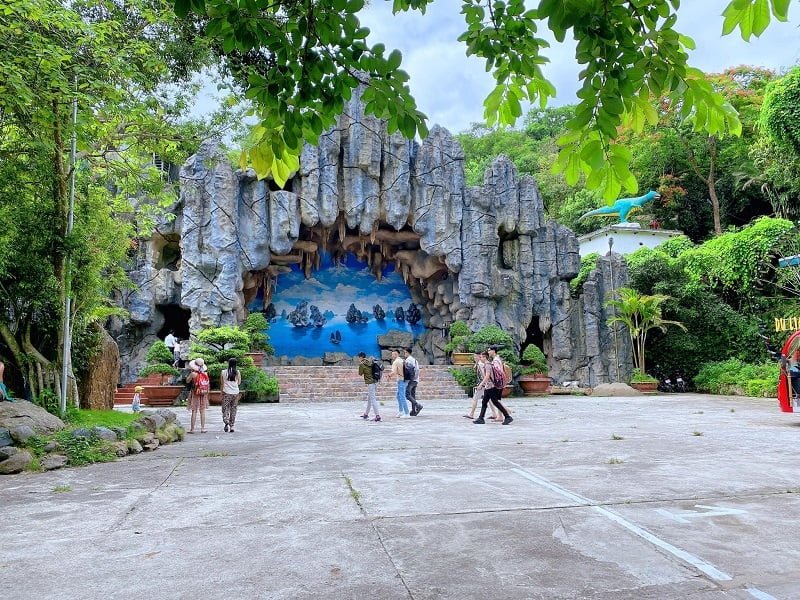
Ao Vua
Ao Vua is located at the foot of Tan Vien Mountain, in Bat Dam hamlet, Tan Linh commune, Ba Vi district. Ao Vua is a small lake that remains full of water throughout the four seasons.
According to legend, the water in Ao Vua was initially provided by the “Water King” or Thuy Tinh to defeat Son Tinh. This place also has the Muoi Guom Well, associated with the story of Son Tinh thrusting his sword into the mountain to create a well for his soldiers to get water when fighting against Thuy Tinh.
Currently, Ao Vua has been developed into a tourist area with resort spaces, recreational activities, and a water park, offering experiences such as hiking, stream wading, and boat swimming.

Thien Son – Ivory Stream
Located at the foot of Tan Linh Mountain, this tourist area features a landscape of forests, lakes, waterfalls, and various recreational and dining services divided into three areas: Ha Son, Trung Son, and Ngoan Son. Visitors are advised to bring camping gear and sit by the stream or hike in the green forests of Ha Son.
In Trung Son, visitors can stay in stilt houses and enjoy specialty dishes such as roasted chicken, stream fish, grilled meat, etc., at the local restaurants. In Ngoan Son, visitors will see Heaven Gate Waterfall, which falls from a height of over 60 meters down the mountain slope, creating a natural swimming pool that is 1.5-2 meters deep.
For those who enjoy swimming in streams, it is recommended to wear a life jacket and pay attention to safety if you don’t know how to swim.
Due to the close proximity to nature at Thien Son – Ivory Stream, visitors should apply insect repellent, observe and avoid snakes and insects. The address is Van Hoa, Ba Vi, Hanoi. The entrance fee is 150,000 Vietnamese Dong for a one-way ticket.
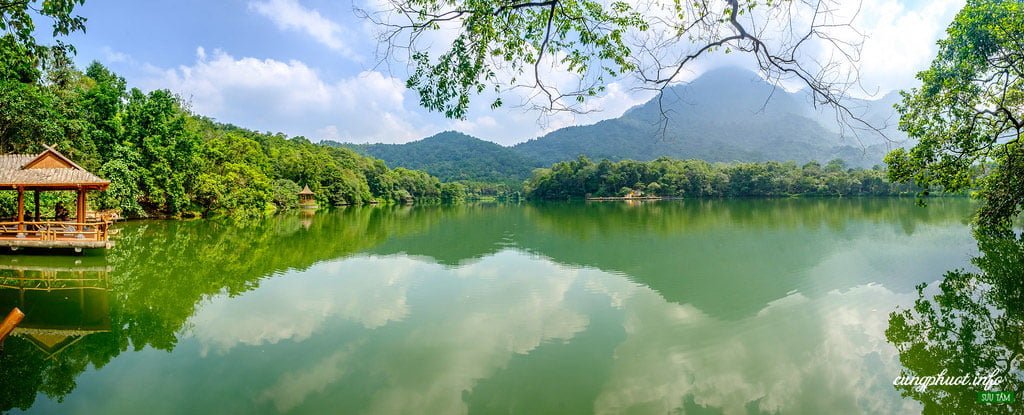
Ba Vi Cuisine
Ba Vi Cuisine is rich and diverse, benefiting from its special natural resources. Ba Vi offers a wide range of delicious dishes sourced from mountains, forests, and rivers, but the most famous is the milk from the local dairy farms. Here are some renowned specialties of Ba Vi for your reference:
Fresh milk and yogurt
Ba Vi has large and modern dairy farms that strictly follow production processes, resulting in exceptionally delicious and fragrant milk and goat milk. When you drink a glass of fresh milk here, you can distinctly taste the creamy, fragrant, and unique flavor of the milk.
Milk cakes
Along with other milk-based products, Ba Vi milk cakes are a must-try delicacy for visitors to this region. The delightful aroma and softness of milk and butter, combined with the high nutritional content of pure milk, provide a refreshing and satisfying taste sensation.
Veal
A specialty associated with the Ba Vi dairy cattle brand is the clean and well-maintained farms that provide high-quality veal.
With simple ingredients and skilled preparation, the veal dishes are exquisite. Veal can be cooked in various ways, such as rare veal or stir-fried dishes with simple ingredients. Few can resist the allure of this mountainous delicacy.
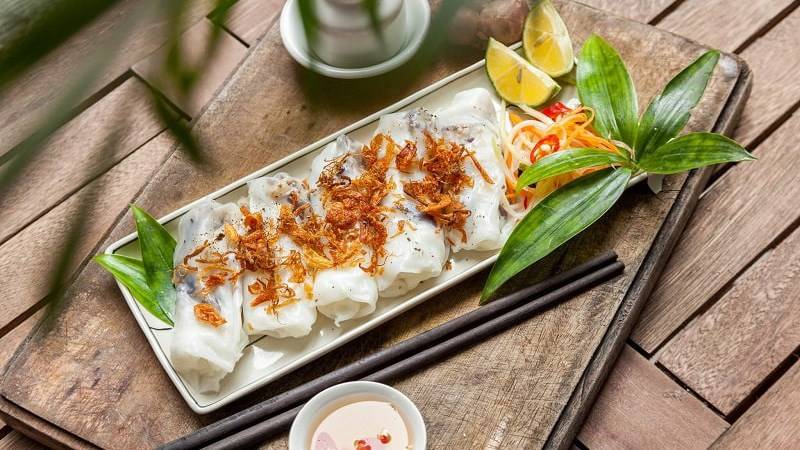
Ba Vi Hill Chicken
With its advantage of having many hills and low mountains, Ba Vi currently has numerous free-range hill chicken farms.
The hill chickens in Ba Vi are raised in an ideal climate and allowed to roam freely in the gardens, resulting in firm, fragrant, and delicious meat.
Ba Vi hill chicken is prepared in various dishes, such as poached chicken, boiled chicken, spicy stir-fried chicken, chicken hot pot, and chicken salad. The hill chicken restaurants are usually located on Dai Lo Thang Long or near Road 32.
Da River Fish
Da River fish has long been one of the specialties of Ba Vi. Fish species like carp, snakehead fish, and anabas are caught from the Da River.
They can weigh a few kilograms or even tens of kilograms. These fish are transformed into various appetizing dishes such as steamed anabas with banana and beans, deep-fried snakehead fish, and snakehead fish soup, each showcasing the distinctive flavors of the Da Giang river region.
The Da River fish dishes are often available at Ao Vua, Khoang Xanh – Suoi Tien, and Dam Long.
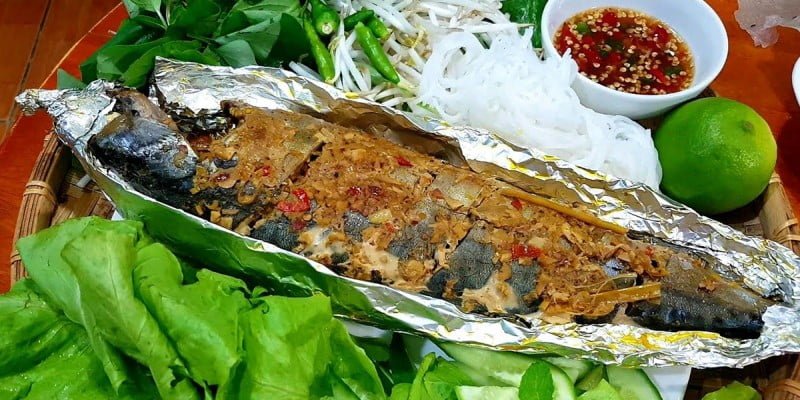
Wild Boar Meat
Gifted by nature to the majestic mountains, the meat of various wild animals is also highly sought after in Ba Vi. Meats such as pheasant, jungle fowl, porcupine, and civet are popular choices.
Wild animal meat dishes are commonly found in restaurants near Ba Vi’s tourist attractions.
Forest Vegetables
Ba Vi National Park is a place where wild vegetables are abundant, offering both delicious and unique flavors, such as Tamarind Leaves, Stir-fried Chin with Garlic, or vegetable soup. Wild banana flowers mixed with salads or cooked with pickled mustard greens are also popular choices.
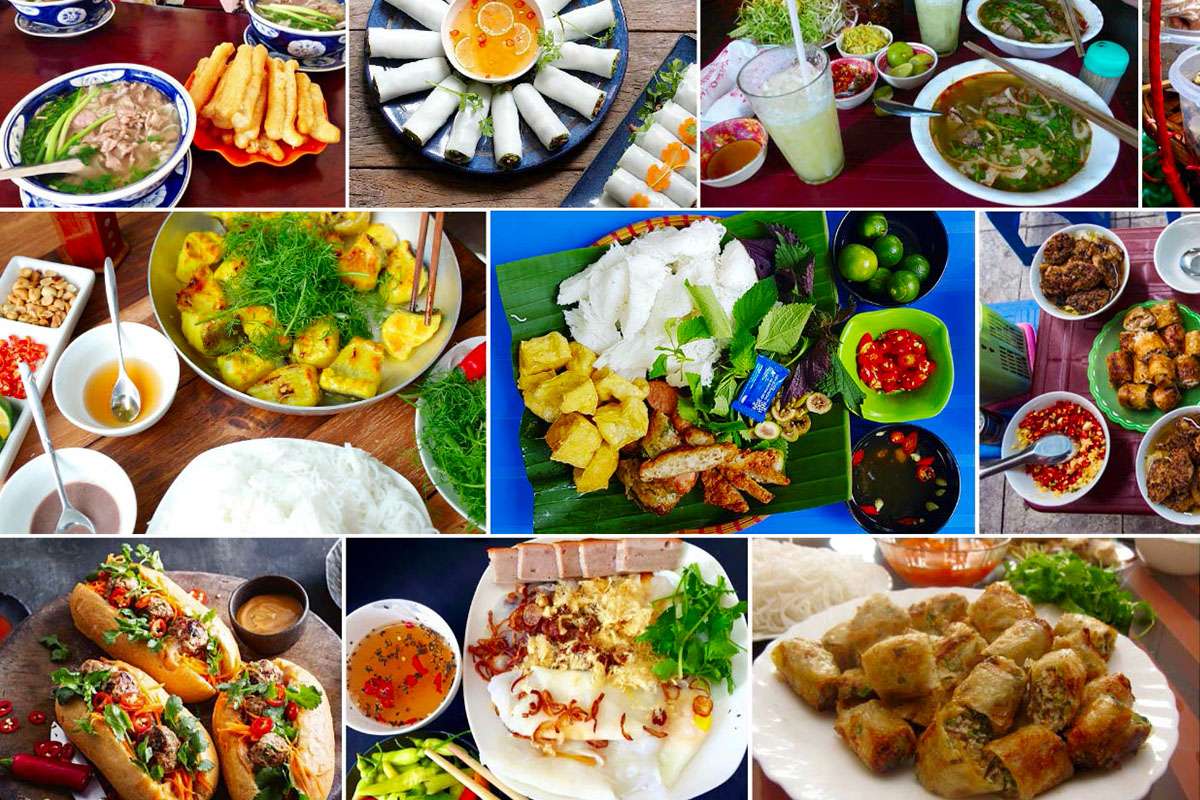
What to buy as gifts
Ba Vi is famous for its products made from milk, so visitors often choose to buy items such as pasteurized fresh milk, yogurt, and milk cakes as souvenirs.
Experience the allure of Ba Vi District Update 07/12/2025
Ba Vi is blessed with breathtaking natural landscapes, including mountains, forests, waterfalls, rivers, lakes, and renowned scenic spots.
Its diverse terrain offers a picturesque and romantic setting, making it a popular destination for eco-tourism and stunning photo opportunities.
Ba Vi is also famous for its local specialties, attracting many visitors. As a result, Ba Vi has become a top priority for many young people, especially those living and working in Hanoi.

